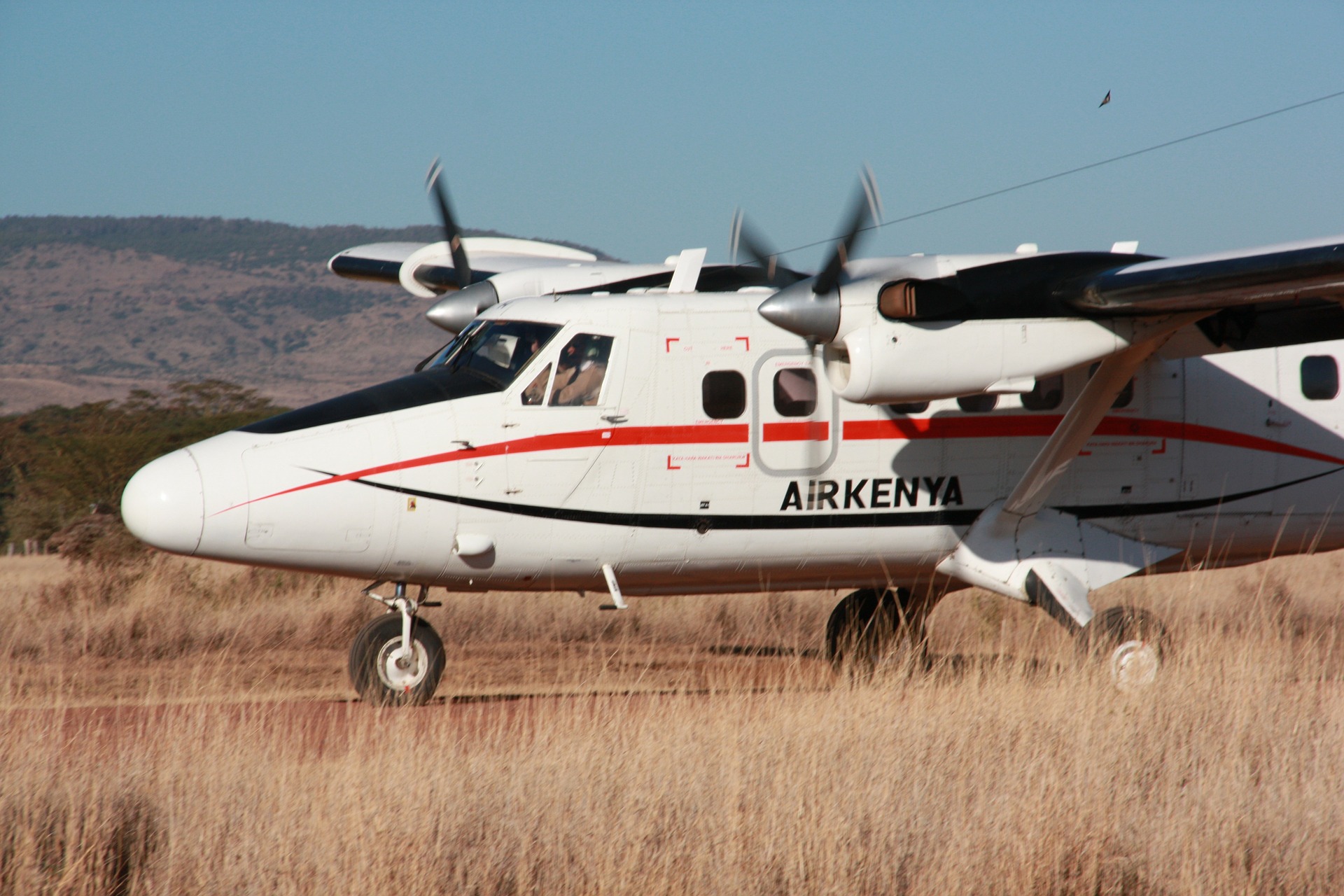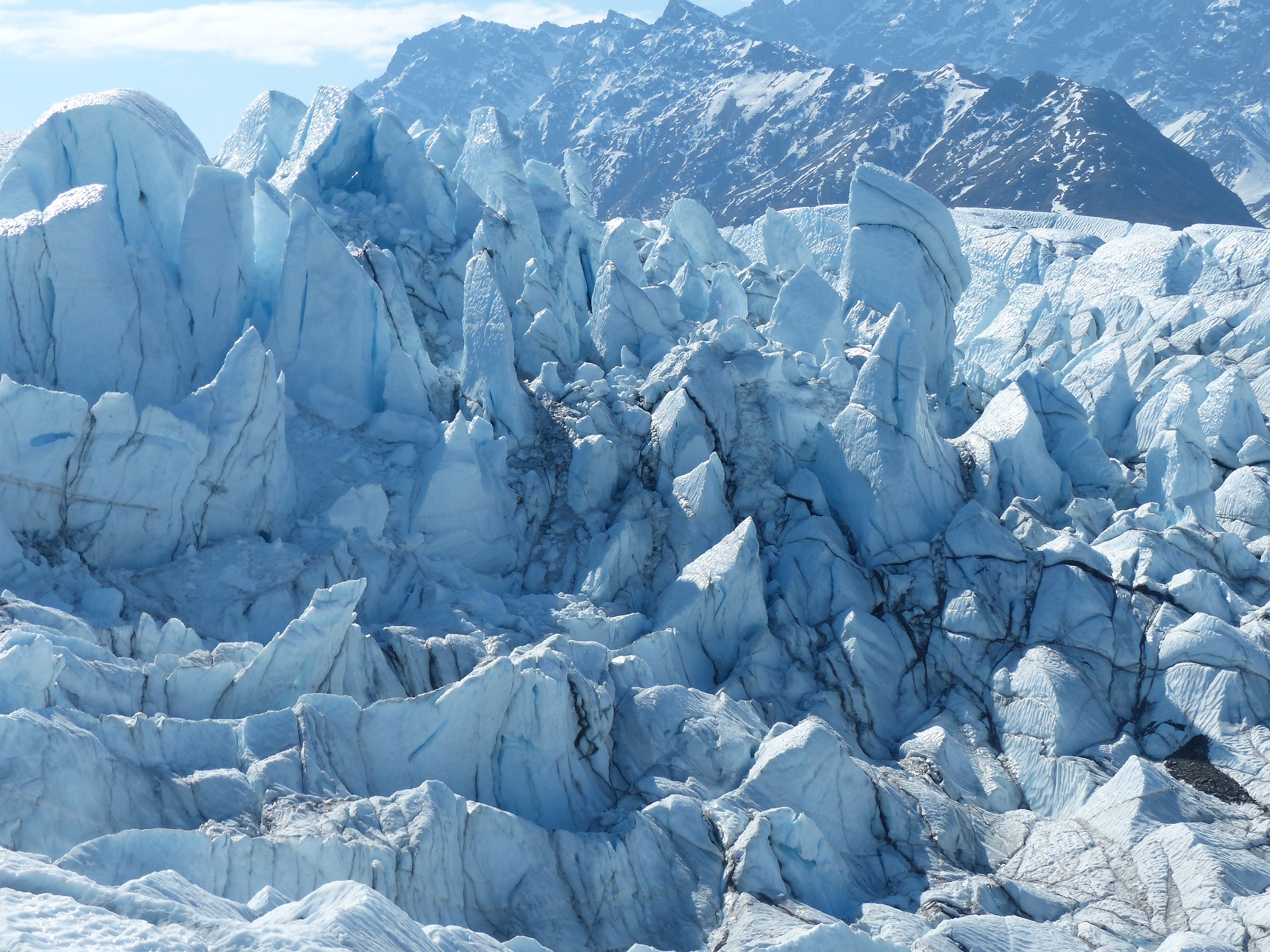What is Alaskan Bush Flying?
By on Jan 10th 2018
When you take a commercial flight in the winter, you may encounter delays due to heavy snow, freezing rain, and other harsh weather conditions. However, weather like this doesn't stop bush planes--especially in Alaska.
Alaskan bush flying is a specialized area requiring pilots to navigate Alaska's wild mountains and roadless geography. Only the most experienced pilots should fly bush planes, and the state of Alaska relies heavily on these pilots for transportation and other services.
What are bush planes?

In a way, bush planes take the place of automobiles where the infrastructure for paved roads and even runways does not exist. Such places include the Alaska tundra, African bush, Canadian North, and the Australian Outback. They're used to provide passenger and freight services to remote areas where ground transportation does not exist.
Commerical bush planes include de Hallivand Beavers, Piper Cubs, Cessna Caravans, and more. Military bush planes are Quest Kodiacs, Pilatus Porters, PC-12s, and more. They're customized for landing on rough terrain, and sometimes no runway at all, with all-terrain tires equipped for landing or skis. They also have high wings that make loading and unloading the planes easy, especially from docks.
Bush planes fly low due to a non-pressurized cabin, so a spectacular view often comes with turbulence. The pilot must be experienced to know how to handle the small plane in extreme weather. These specialized planes are equipped to take off and land on short runways and fly well at low speeds.
How are bush pilots different from commercial pilots?

Bush pilots often fly with little operational support, but with extraordinary skill. They fly manually for the entire duration of the flight whereas commercial pilots rely on autopilot almost the entire time. They're also the first to see it all. In Alaska, a bush pilot's vantage point allows them to see the first of flooding rivers, melting glaciers, wildlife migration, mudslides, erosion, and more.
There are typically two bush pilot career paths: missionary aviation and commercial operation.
Missionary bush pilots learn how to navigate the wild and are a vital supply line for underdeveloped areas. They transport mail, medicine, groceries, dry goods, fuel, office supplies, building material, equipment, and more to areas in need. They also shuttle children to and from school, as well as employees back and forth from work.
The bush flights are also equipped to provide relief when a disaster occurs. Missionary pilots typically serve four years in one location, take one year off, and then return to the same place or move to a new place.
Commercial operation bush pilots provide services and transportation in desolate areas of developed nations. Pilots can work for a charter service and take people on safaris, or exotic vacation destinations. This is the for-profit side of bush flying that often generates funds for the non-profit missionary aviation side to provide relief.
Sources:
http://www.thegreatestroadtrip.com/extras/flying-in-alaskan-bush-planes
https://www.airspacemag.com/history-of-flight/bush-flying-in-alaska-62692354/





